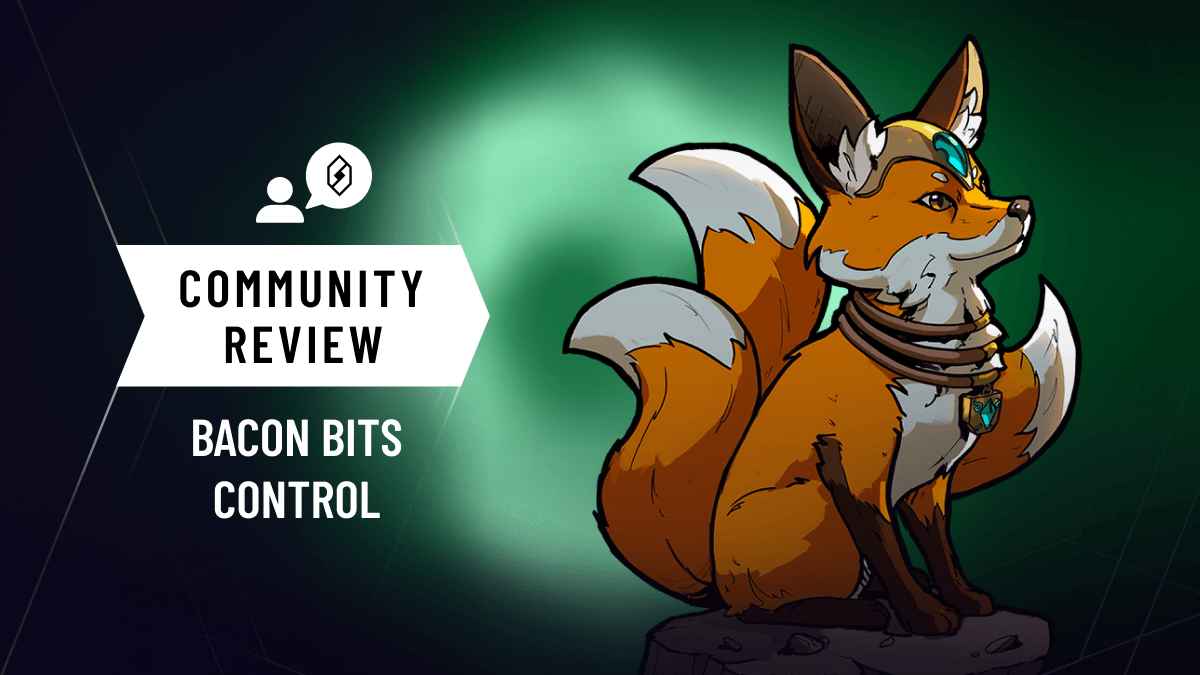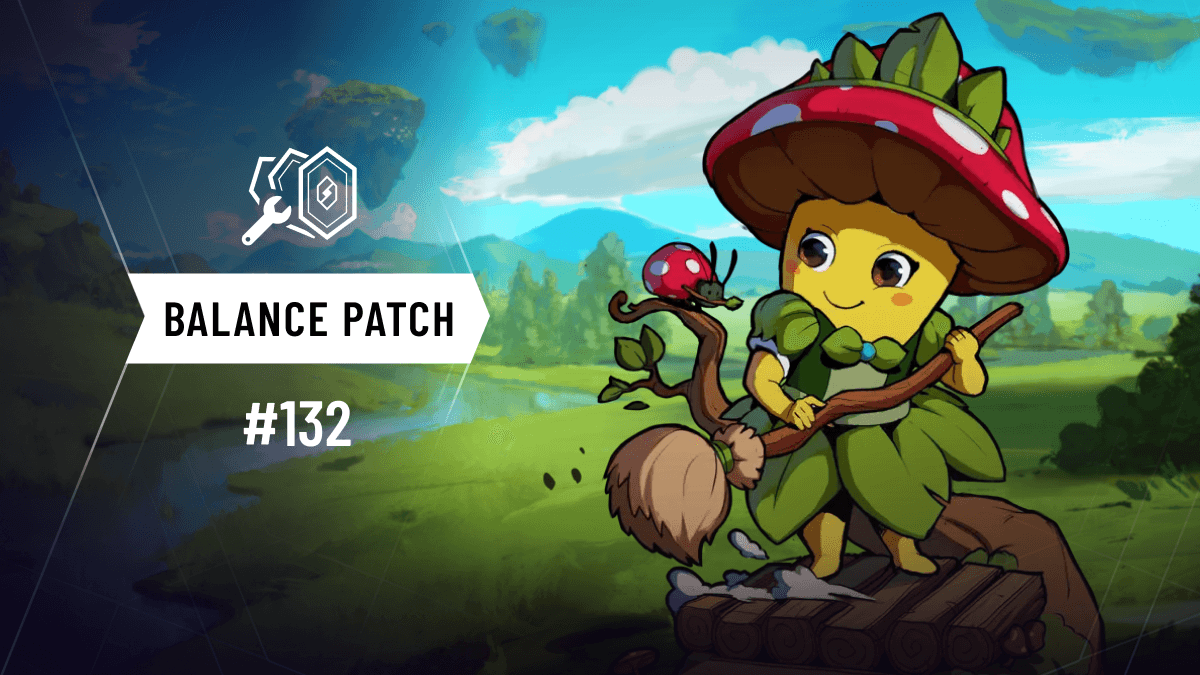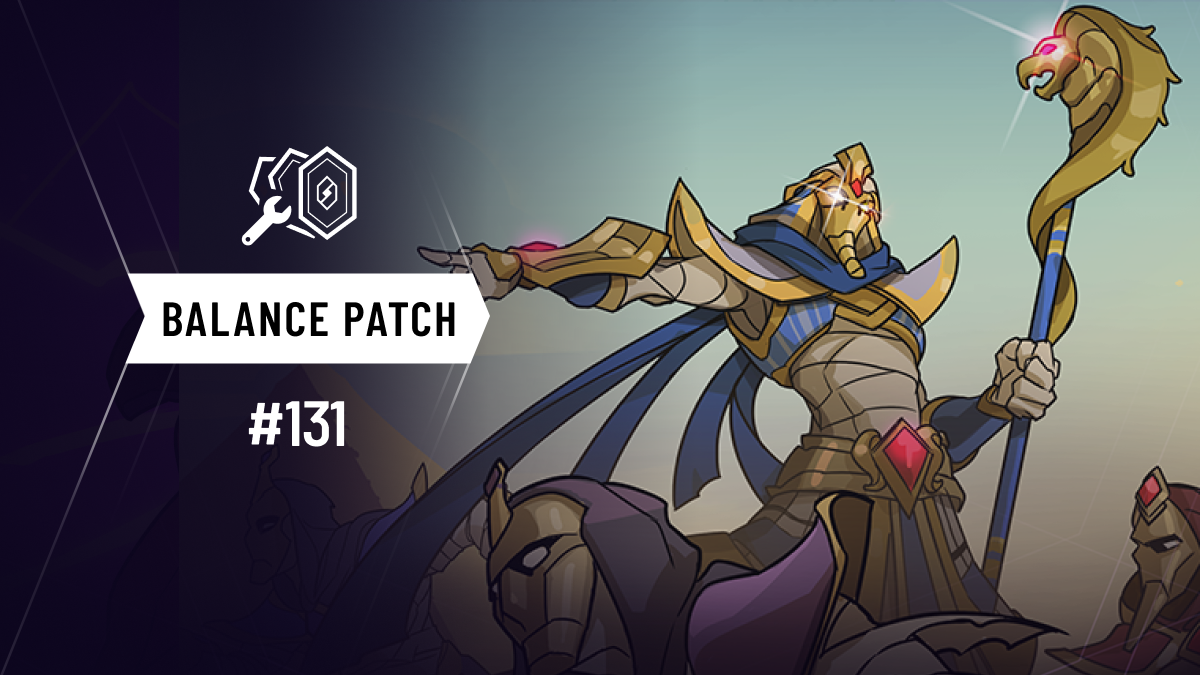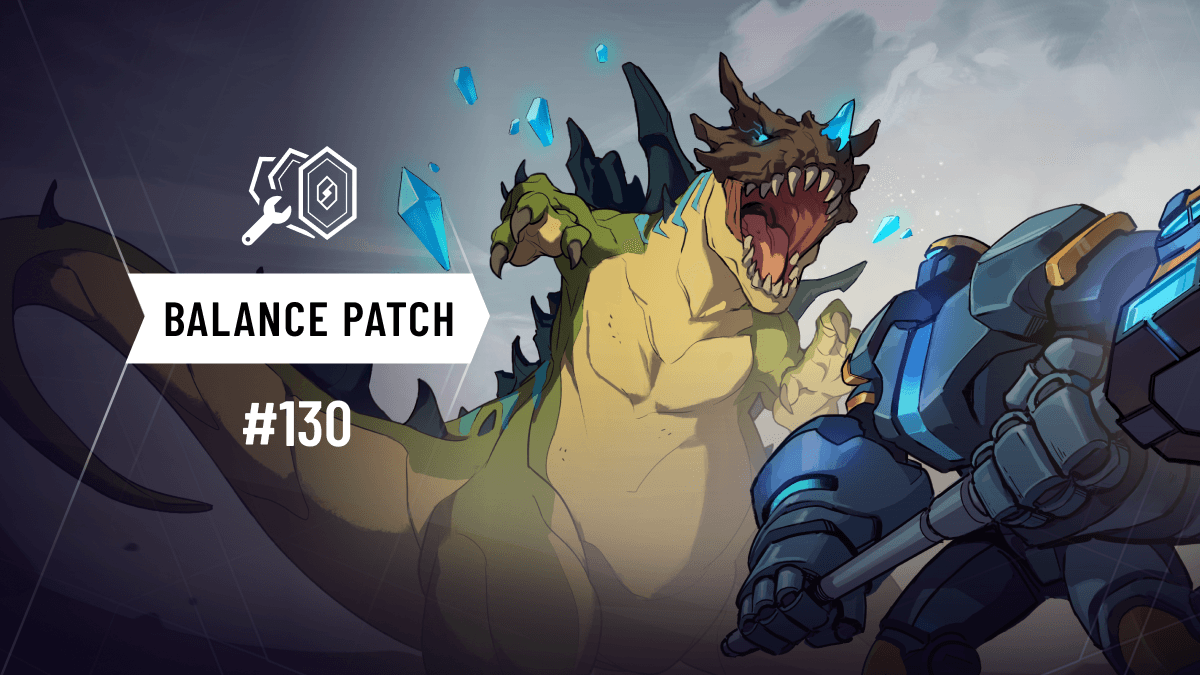Bacon Bits: Control
Written By: Just Add Bacon | Editing By: Alpha Sapphire
Howdy y’all, Just Add Bacon here, bringing y’all the latest installment of my new series Bacon Bits! This time I’m covering control, which is perhaps the most controversial archetype in any card game. Whether it’s long term plans or brainless removal curves, everyone has to play against control eventually, so it’s best to know just what makes this archetype tick, and how to outmaneuver it. However, unlike a control player, I intend to keep this article short, so let’s get to it!

Overview

If aggro decks are about tempo, then control decks are about value. Playing on the opposite end of the spectrum, control decks prefer longer games, and tend to have higher curves. This is because control decks generally have a gameplan of winning after accruing a value advantage over their opponent, or developing expensive cards that win the game on their own. Thus, the goal of any control deck is getting to this point, where either numeric value or card quality overwhelms the opponent.
To get here, control decks employ a number of tools. First and foremost is removal. Heroes lose games when their health reaches 0, and the most preventable source of damage comes from units. Thus, control decks love strong removal spells which can remove threats, be they from aggro, midrange, or other control decks. Addressing aggro units is especially important, as aggro decks are strongest when control decks are at their weakest, in the early turns of a game. Additionally, a few hard removal options are also important for control decks, should they wish to survive midrange and control threats like Heavy Cavalry and Fren-Z.
Aside from removal, value generation is also essential for control decks. The most basic of these is the +1, which is just any card that leaves the user with one more card than they started with. These kinds of cards are functionally everywhere, from Dash units like Steam Knight to spells like Cross Reference. Aside from these, AoE (Area of Effect) options are also popular, as cards like Impale and Burninate can easily clear multiple enemies for a single card.
Finally, every control deck needs an actual goal that it is working towards, which is its wincon. For an ideal control deck, playing the wincon wins the game, and thus it is their “win condition.” The kind of card this is varies wildly across control decks, be it burn from Fireball, board from Empty the Undercroft, or just exhausting card advantage from Arcadeum Mask. In any case, a control deck must have some scenario that it is aiming towards; otherwise it is merely a stall deck.
Theory

The reason control decks can work has to do with two concepts, the value curve and card advantage theory. The first describes the relative distribution of stats to units (and to a degree, spells) at various mana costs. In any TCG, the curve will generally be designed such that benefits increase faster than cost. Control decks use this to their advantage by looking for powerful, but expensive, cards at the top of the mana curve, whose effects tend to be exceptionally powerful.
The second principle working in a control deck’s favor is card advantage theory. The simplest form of this theory is that if two players of equal skill play the player with more cards tends to win. Of course, this is a vast oversimplification (I intend to write an entire article on why this theory doesn’t quite work), but in broad strokes it captures a good idea: players with more cards can usually make better plays. Control decks play with this concept from both angles, improving their plays by acquiring more cards, and reducing the quality of the opponent’s plays by running them out of options.
Shortcomings

As will quickly become apparent with every archetype, the very things the deck focuses on tend to also produce its greatest weaknesses. Since control decks focus on having a few very expensive and powerful cards, they also tend to have a number of cards that are not playable until the later stages of the game. These inherently dead draws can actually end up giving opponents an artificial +1 in the early game, undermining the card advantage control decks try to generate. At worst, this can actually preclude the control player from answering opposing aggro plays, leading to preventable losses.
Aside from this, control decks are also frequently vulnerable to disruption and burn. Disruption, whether offensive (think Tox or Sonic Jammer) or defensive (Shroud, Barrier, etc.) can create openings for opposing players, which can then snowball out of control. This is especially true with midrange opponents, who frequently employ bulky, durable units.
Burn, on the other hand, presents an equal and opposite problem for control decks: the value they generate doesn’t matter at all if their health is reduced to 0. Burn, and the threat of it, is frequently unblockable, forcing control players to budget for it earlier in the game. However, such budgeting may require suboptimal plays like spending removal prematurely. More pressingly, players can misjudge how much burn the opponent has, leading to difficult guessing games for the control player. Healing effects often help with this, although burn effects are generally more mana-efficient than healing.
In Practice

In practice, control decks come in a wide variety of flavors, mostly encompassing a range from medium to slow speeds. On the faster end of the spectrum exists decks like Horik Dig, while slower options are those like Axel MixWish.
Horik Dig, which I specialize in, is primarily unit-based, meaning that it focuses on using good units to control board and generate value (Ether Lemure, Steam Knight, Heavy Cavalry, Roothog). With this base, finisher options are expansive, and include options like Ancients Rise, B.F.R., Pharonis, and Tiamat. Notably, none of these are finishers in the traditional sense, since they don’t usually win games on their own, but the combination of them does. For support, the deck uses removal options like Sunder, ramp options in Chromeosaur and Old Fogey, and draw options like Scarabot. The deck generally lacks healing, but options like Kha’s Wrath and Beloved exist.
On the slower end of the control spectrum is something like MixWish, which tends to exist in Axel but can also be well used with Titus. Here the primary combo involves using Meng’long’s Wish with Mixolotron to fill the user’s deck with powerful finisher options. This is convenient for them, as it helps avoid dead draws in the early game. Aside from this, Wisdom provides numerous great removal and draw options with support units like Xavi and Giza. Wisdom also provides the best ramping options in the game with tools like Gift of Aya, Take Root, and Gigabloom, and enviable healing with options like Jakintsu. However, the prism tends to struggle more with hard removal than Strength does, making it more vulnerable to midrange builds like Fox Metal (but less vulnerable to pure aggro than something like Horik Dig).
Conclusion

Love it or hate it, control is one of the most important archetypes in any TCG, playing an equal and opposite role as aggro with its emphasis on value. With a dedication to big, powerful cards, control decks provide a clear goal for people to plan towards, and present looming threats for aggro players to race against. However, the might of its cards can also weigh it down, forcing control players to avoid being greedy.
Next time expect an explanation of what’s perhaps the most misunderstood archetype, midrange. Is it aggro? Control? Neither? None of the above??? Yes, it is that complicated, but I’ll be sure to cover it all next time. Until then, see y’all in Sky!
Join the Discussion! 🎙️
To chat with the rest of the community and the Horizon team, join our Discord server! Subscribe to our subreddit to share your ideas, and be sure to follow us on Twitter or Instagram! Also—we’re on TikTok too!
Skyweaver is in Open Beta. You can play for free at play.skyweaver.net or download the game on Windows, Mac, Linux, IOS, and Android!

Recent Posts














